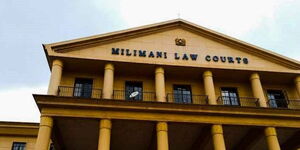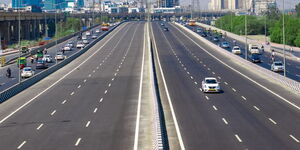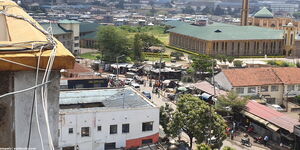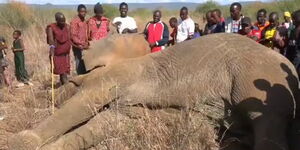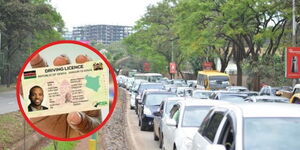Data from the Controller of Budget (CoB) released by the Treasury on September 15, showed that the Mt Kenya region had the slowest growth in terms of revenue collection by counties.
The region saw 6 out of 10 counties register a negative growth in the 2022/2023 Financial Year compared to the preceding year.
Additionally, no county in the region registered a double-digit growth, whereas, counties like Homa Bay and Narok had triple-digit growth.
Speaking to Kenyans.co.ke, economist Vincent Kimosop explained that this was mainly due to declining investments in the region which act as drivers of economic growth in the region.
“Mt Kenya is an agro-based area depending on coffee, tea, and miraa as the main drivers of the economy. Slowing global demand for these products must hit the region hard,” he explained why the region was struggling.
Explaining how lack of investment was hurting the region, he explained, “There is a lack of the next phase of production which is value addition.”
Kimosop explained that continuous agricultural production without investing in value addition would not fetch higher returns and a dip in demand would continue hurting the region.
Elegeyo Marakwet which also depends majorly on agriculture registered a positive growth alongside other Rift Valley counties.
Explaining the anomaly, Kimosop explained that in Rift Valley, there was a high infrastructural growth that was opening up the region to national and international markets.
This investment helped Rift Valley register more revenue in sales from their agricultural produce compared to previous years.
In the CoB data, some of the counties that performed were Homa Bay, Narok, Samburu, Kajiado and Isiolo.
The economist explained that counties like Kajiado and Narok were benefiting due to the post-pandemic recovery of the tourism sector.
Kajiado saw its revenue jump from Ksh527 billion to Ksh875 billion while Narok had a 129 per cent increase in revenue collection from Ksh1.3 billion to Ksh3 billion.
Kimosop added that many counties in Kenya were now benefiting from an automated tax system that optimised revenue collection.
Counties like Samburu and Isiolo apart from benefiting from the automation of tax services were also reaping benefits from the increased market for beef products.

